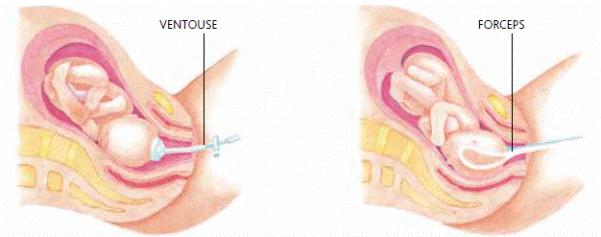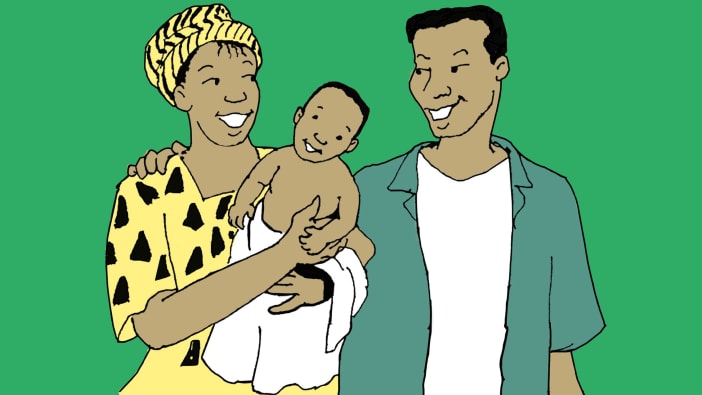Signs that labour is near
These three signs show that labour is starting or will start soon. They may not all happen, and they can happen in any order.
- Clear or pink-coloured mucus comes out of the vagina. During pregnancy, the opening to the womb (cervix) is plugged with thick mucus. This protects the baby and womb from infection. When the cervix starts to open, it releases this plug of mucus and also a little blood.
- Clear water comes out of the vagina. The bag of waters surrounding the baby can break just before labour begins, or at any time during labour.
- Pains (contractions) begin. At first contractions may come 10 or 20 minutes apart or more. Real labour does not begin until contractions become regular (have about the same amount of time between each one). When any one of these signs occurs, it is time to get ready for the birth:
- Let the midwife know that labour is starting.
- Make sure that the supplies for the birth are ready.
The mother should:
- wash herself, especially her genitals
- continue to eat small meals and drink whenever she is thirsty
- rest while she can.











